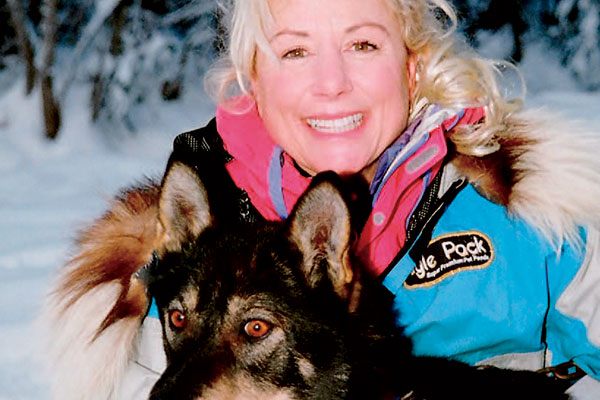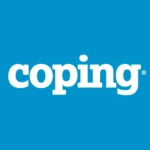Survivor and Iditarod Competitor DeeDee Jonrowe
Takes on the ‘Last Great Race on Earth’
By Julie McKenna
DeeDee Jonrowe is currently gearing up for the 2007 Iditarod Trail Sled Dog Race® in March, which will be her 25th year running the race. The Iditarod is a 1,150-mile race from Anchorage to Nome, AK, that takes anywhere from nine to 17 days to complete. Often called the “Last Great Race on Earth,” it takes mushers and their dog teams on dangerous trails through mountains, forests, and tundra in sub-zero temperatures with blinding winds. As if simply running the race isn’t difficult enough, add to it the fact that in 2003 DeeDee raced it just three weeks after completing chemotherapy for breast cancer.
In an interview with Coping® magazine, DeeDee admits that race was more difficult than others. “Especially because of being so tired and I had neuropathy in my hands and feet so I had a really low resistance to cold,” DeeDee explains. “But that year was a strange year. It was the year that we didn’t have enough snow south of the Alaska Range. So we started north of the Alaska Range and ran a great deal of the race on the Yukon River. And I think that had a lot to do with me being able to do it, because I didn’t have nearly the upper body strength that going through the Alaska Range would have required.”
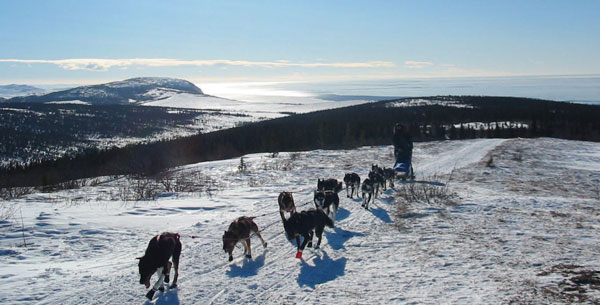
Despite the physical demands, it never occurred to DeeDee not to race that year. It was in fact the race that empowered her to get through her treatments. “Certainly, that was my goal from the day I got the diagnosis. I just thought, let’s get after this and do whatever it takes; I’ve got a race to run,” she recalls. “The race was really my motivation. But it isn’t just the race. The race for me represents a relationship with my dogs. And it’s that relationship that I draw so much strength from. And that ability to be outside and to enjoy things that make me feel healthy.”
That wasn’t the first year DeeDee faced a challenge in racing the Iditarod. In 1999 she couldn’t finish the race when her lead dog was unable to take the team into a storm. “It all stemmed from me misreading my lead dog and where he was at,” says DeeDee. “Everything in this event is about that unspoken communication and being able to know your animals better than anybody but their maker. And I really learned a lot that year. I think sometimes we learn more in our failures than we do in our successes. It’s my job to set them up for success, and if they fail then I’ve somehow misread them. Because they don’t know how to fail.”
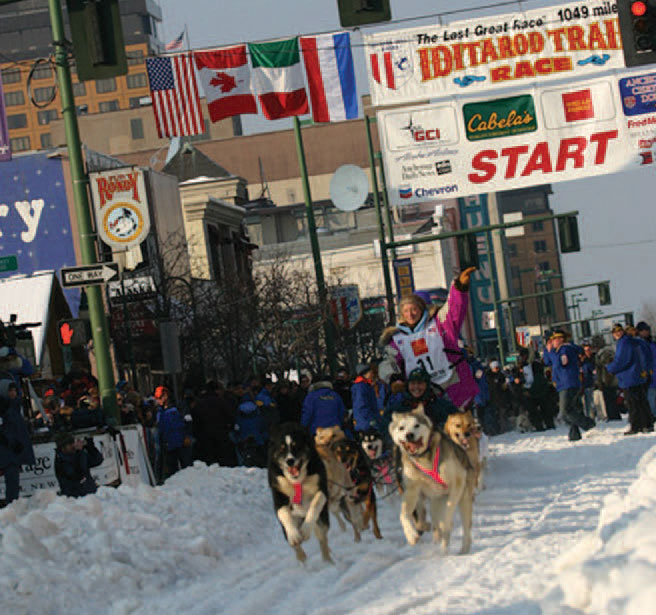
When DeeDee isn’t training for races, she’s taking care of her kennel of 72 dogs that she trains herself. Most of the dogs are in training for races, but she has others she works with as therapy dogs for disabled people. “A lot of times they’re not in a position to train their own dogs,” DeeDee says. “They need the dogs to be trained for them. And I’m able to give them this opportunity by having trained dogs that are a good match for their personalities.”
DeeDee is also one of the founders of Mush with P.R.I.D.E. (Providing Responsible Information on a Dog’s Environment). “The whole idea was to try to develop standards of care in the industry and to help people that want to enter the sport or who just want to work with their dogs,” explains DeeDee. “Over the years, there have been all sorts of myths about arctic dogs in particular. For instance, that they don’t need to be watered, that they eat snow. Well, that’s simply not true.”
But above all else, the most rewarding time for DeeDee is when she is on the trail with her dogs. “Any day when the team is really clicking and the trails are fast and the weather is about 10 to 20 degrees, that’s one of the best days of my life. It’s just wonderful. There’s such a feeling of being one, just an extension of them. You feel alive and that was one of the reasons why I so badly wanted to be back on the trail after having spent a year having chemotherapy and other treatments. I didn’t want to feel sick anymore; I wanted to feel alive.”
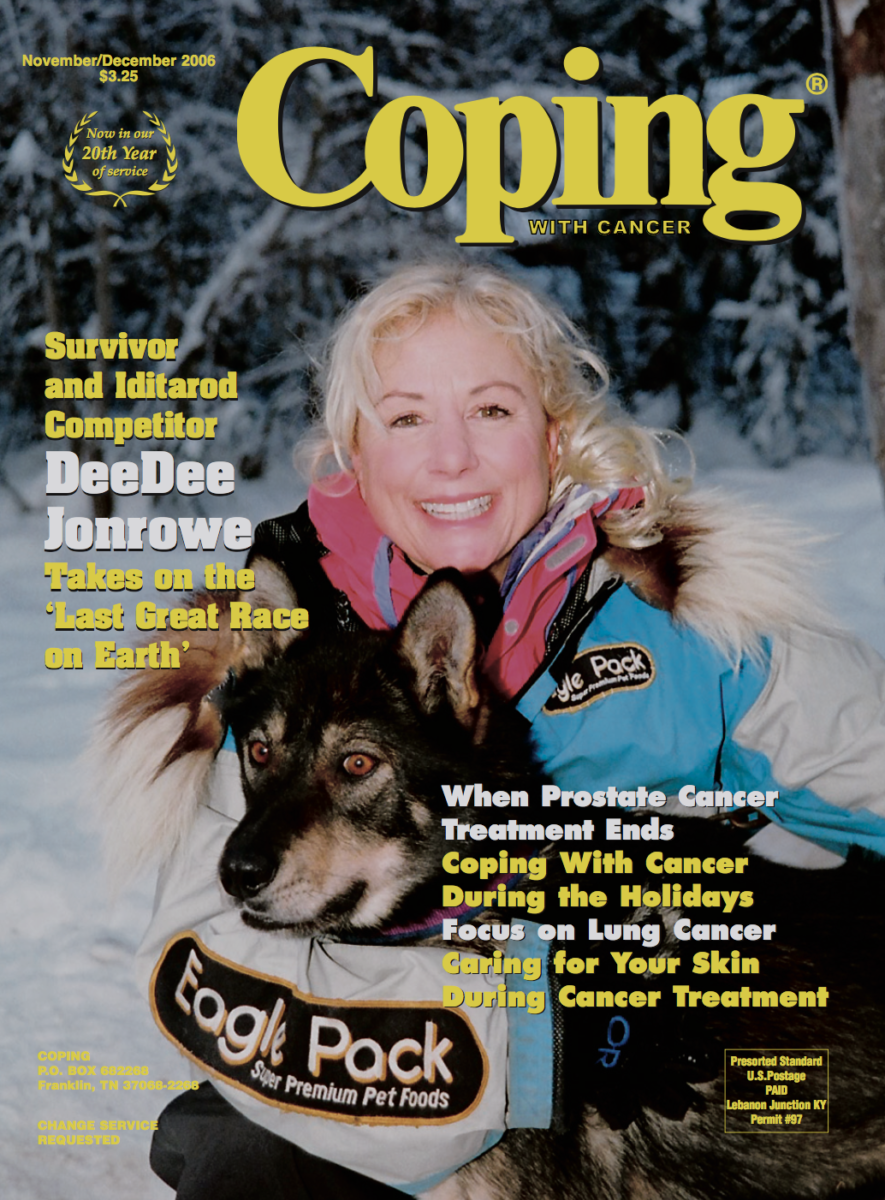
This article was published in Coping® with Cancer magazine, November/December 2006.
